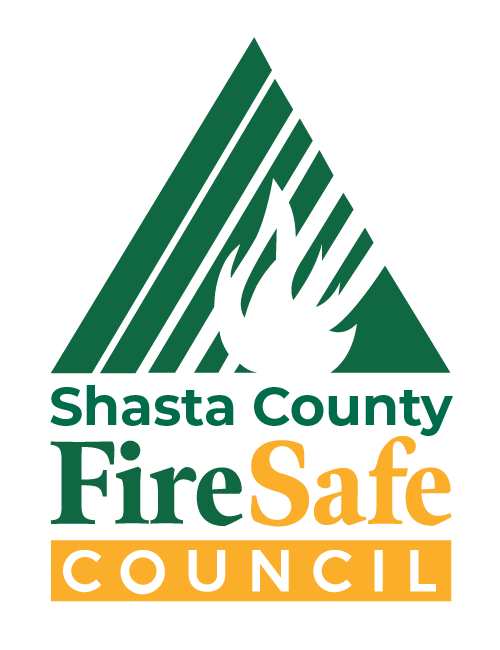“Home hardening” is the process of making a home more resistant to wildfires by preventing embers from entering the building.
Home hardening is crucial in wildfire-prone areas as it significantly reduces the risk of property damage and loss of life during a fire.
The graph shows priorities increasing to the right, focusing on the parts of a home most vulnerable to embers.
Costs increase upward, reflecting the relative expense of each upgrade.

VENTS

Locate all vents on your property (attic, crawl space, laundry room, etc.) and determine whether they need immediate attention:
- Do the vents have screens? If not, install 1/8″ (3.2mm) mesh screens.
- Are the vents made of metal? If not, replace them with metal vents.
- Are the individual squares in the mesh screen larger or equal to 1/4” (6.4 mm)? If so, install corrosive-resistant, metal mesh screens with a maximum opening of 1/8 inch (3.2 mm).
- Is there any vegetation or combustible material within 5ft (1.5m) from the vents? When burning, they may generate flames and embers that would directly impinge on vents.
- Does the mesh screen have debris and/or paint clogging it? As a result, they would not be effective in removing moisture, and debris may burn in contact with a flame.
Want to splurge? Upgrade to vents specifically designed for fire resistance. You can find vent manufacturers using the link below, then chose “vents” from the dropdown menu: https://calfire.govmotus.org/BMLSearch/Index
Gutters

Inspect all gutters on your property and determine whether they need immediate attention:
- Are gutters metal? If not, upgrading to metal is recommended. Plastic or vinyl will likely fall if it catches fire, which exposes the side of the house to flames.
- Are the covers covered by a guard? If not, install gutter guards, which help keep debris out of the gutter.
- Is there a gap between gutters and the roof edge? Install a drip edge.

Fences

Inspect all fences on your property and determine whether they need immediate attention:
- If the fence is attached to the home, replace at least the first 5 feet next to the home with noncombustible material.
- If an unattached fence runs within 10 feet of the home, replace the sections closest to the house with a noncombustible material.
- Avoid fences with gaps since flying material can become trapped in those spaces.

Exterior Walls

Inspect all exterior walls on your property and determine whether they need immediate attention:
- Replace damaged siding boards or panels.
Want to splurge?Replace at least the lower 3 feet of all exterior walls with fire-resistant material. Examples of the types of coverings that need to be replaced are wood siding that is not fire-retardant-treated, vinyl siding, metal siding susceptible of warping, and an exterior insulation finish system.
Before replacing vinyl or metal siding, check whether there is an underlying gypsum board substrate. If so, remedial work may not be needed.
Fill The Gaps

Inspect all buildings for gaps greater than 1/8 inch:
- Fill gaps between the roof covering and roof deck (bird stops).

- Install or replace weather stripping on exterior door frames and garage doors using UL 10C rated weather stripping.
- Use Fire Rated caulk to fill gaps in siding or rafters, including around any outlets.





